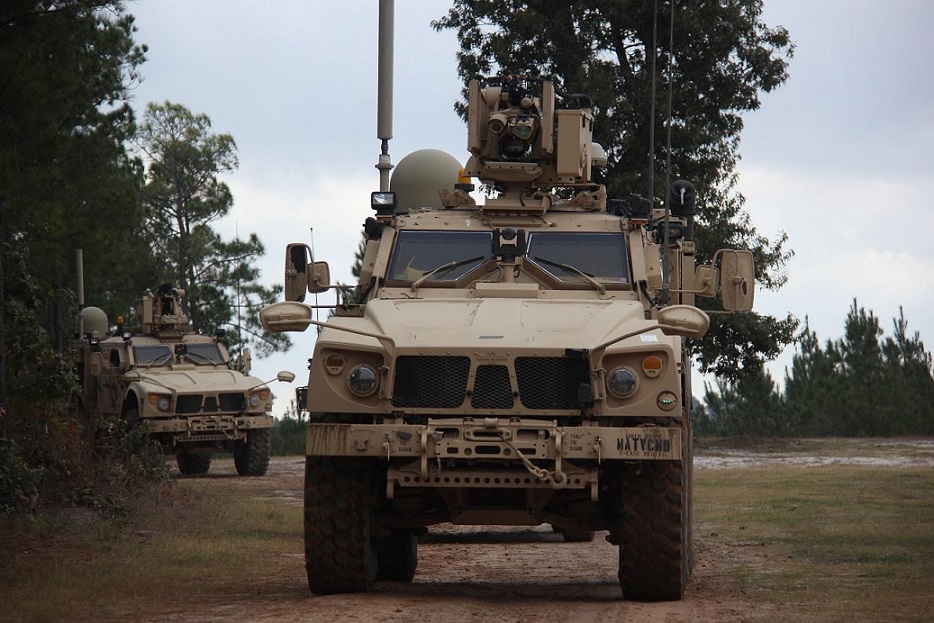This post is also available in:
 עברית (Hebrew)
עברית (Hebrew)
While state of the art autonomy is rapidly improving its ability to perform critical procedural functions, the unique attributes of human cognition and decision-making are still needed for problem-solving, adjusting to fast-changing variables and, of course, making decisions regarding the use of lethal force in warfare.
A recent US Army exercise was aimed at preparing for a new kind of man-machine drone warfare. This was part of a massive service-wide modernization effort to prepare for a new generation of combat wherein self-navigating unmanned vehicles directly confront enemy fire in high-threat war scenarios while humans perform command and control at safer distances.
During the exercise, groups of unmanned vehicles fought against a mock enemy “tank ditch” and “minefield.” The exercise included 10 unmanned vehicles and 6 manned vehicles, according to foxnews.com.
As Commander of Army Futures Command, Gen. John Murray said, the developmental concept is to ease the “cognitive burden” for human commanders operating in a command and control capacity at safer ranges less vulnerable to enemy fire; sensor data, targeting, forward operating electronic warfare etc., can be gathered and organized for human decision-makers – who can then expend crucial energy upon dynamic, pressing warfare decisions.
Computer processing speeds, fortified by AI, are increasingly able to assimilate and organize vast amount of combat-relevant information. For instance, emerging algorithms are able to monitor hours or even days of surveillance footage and identify key moments of relevance without requiring otherwise time-consuming human efforts.
AI-enabled autonomy can not only solve problems but discern crucial targeting or sensor information, fuse various streams of input together or even expedite networking between land, air and sea assets operating together in joint warfare.
AI-oriented autonomous platforms can greatly shorten sensor-to-shooter time and enable war commanders to quickly respond to, and attack, fast emerging moving targets or incoming enemy fire.
The concepts and developmental trajectory between air and ground autonomy have distinct similarities; they are engineered to operate as part of a coordinated group of platforms able to share sensor information, gather targeting data and forward-position weapons — all while remaining networked with human decision-makers.
The US Army expects manned-unmanned teaming and autonomous drone combat to figure prominently in its future armored combat vehicle plans; its now-in-development next-gen infantry fighting vehicle is being referred to as an “optionally manned” vehicle, and senior weapons developers say most, if not all, future combat vehicles will be engineered to operate with nearby ground and air drones.


























